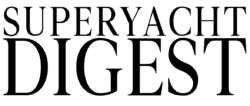The La Spezia-based nautical engineering design studio led us to the discovery of their new projects currently in construction and developed for direct customers. They also revealed us their up-coming goals. We met Arch. Antonio Luxardo e Michele Zignego from Optima Design in Pisa, where two 45-metre units designed by the studio for two direct clients are currently under construction. Our conversation stars with the Asian continent and focuses on how hard it is to deal with clients from those countries
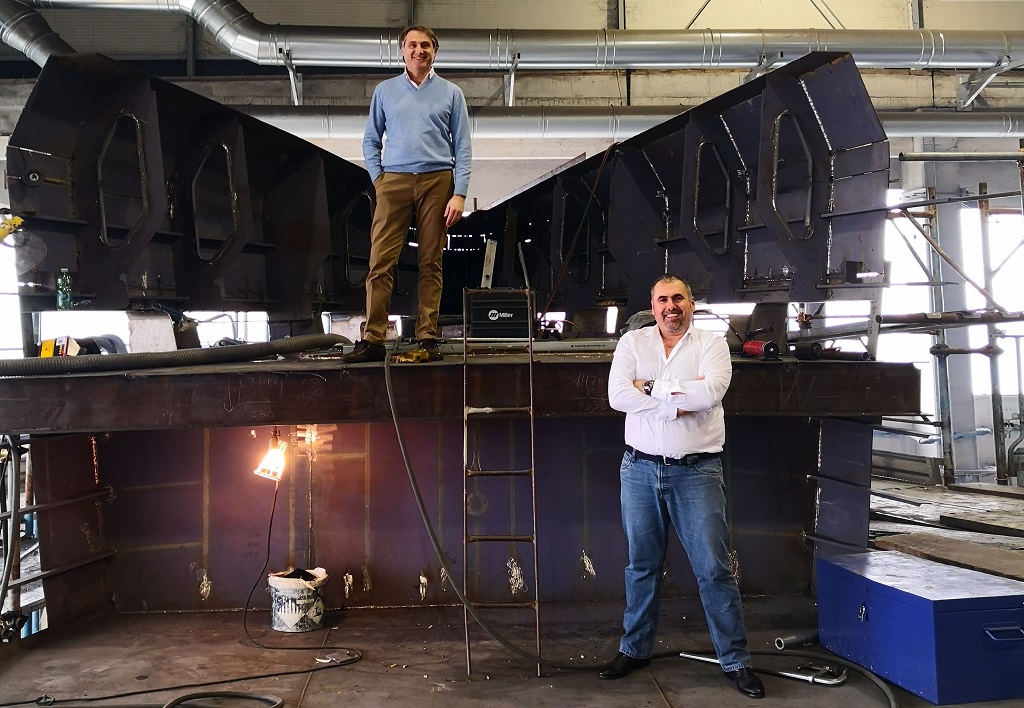
“In this field, the relationship with the client is always delicate, but when clients come from countries with little nautical culture and tradition, is even more delicate. And not because they don’t know what they want: in fact they know very well their needs and how to express their requests in a nautical project. What makes the dialogue during the work and the negotiation with these clients a challenge, is the fact that they are well accustomed to supervise the operations. China – and Asia in general – represents a real power. Sitting down at the negotiation table is their job”, explains Antonio Luxardo, who boasts a very long career with the Chinese market, being one of the first Italian architect in the yachting field to have developed relations with the Asian continent.

A 45-metre which offers large windows in all cabins
The new two 45-metre units we are currently building are the result of a long period of negotiation with the client: “It took us approximately 12 months, between the negotiation, the proposals to the client, the changes, the revaluations and the start of construction”.
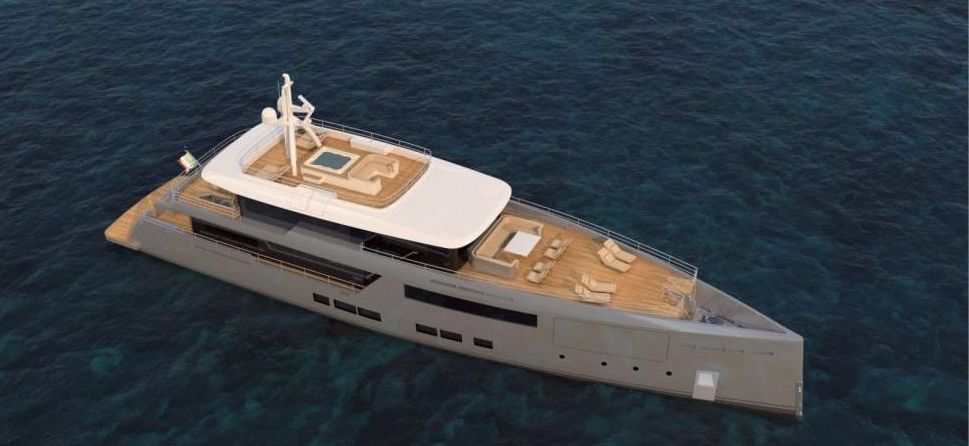
Works officially began in January 2019 after the keel laying. In the first unit, the aluminium superstructure will soon join the steel hull, while the work on the second unit is currently suspended due to some changes in the internal design requested by the client. The delivery of both units is scheduled for 2021 and the first unit is expected to be displayed at the September boot shows next year”.
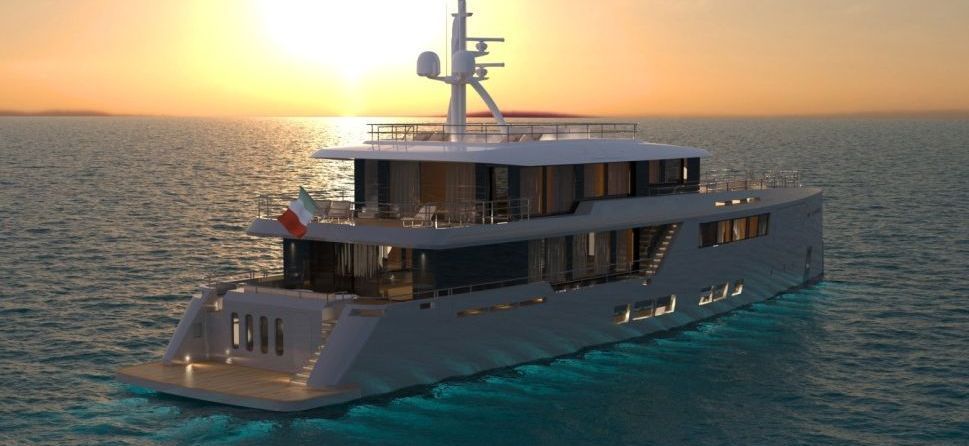
The two boats are very different from one another, since they lay on two different lifestyles: the first one is designed for a familiar, tidier and sea-connected lifestyle, while the second one is aimed at a lifestyle based on entertainment with friends, parties and other friendly activities.
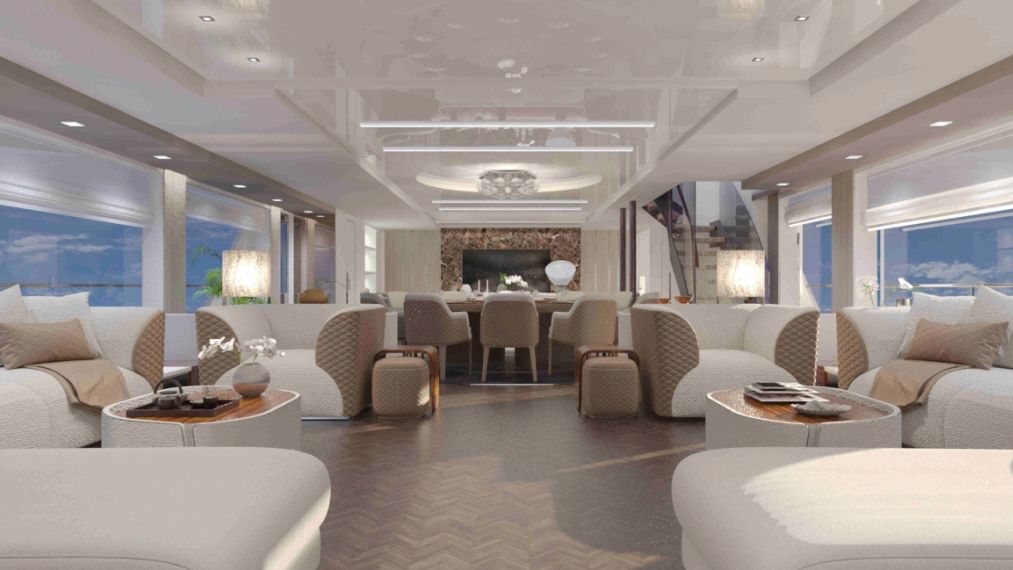
Able to cover a range of 6,000 nm at 11 knots, SportAdventure 45 is powered by twin 1,600hp Caterpillar engines to reach a top speed of 15 knots.
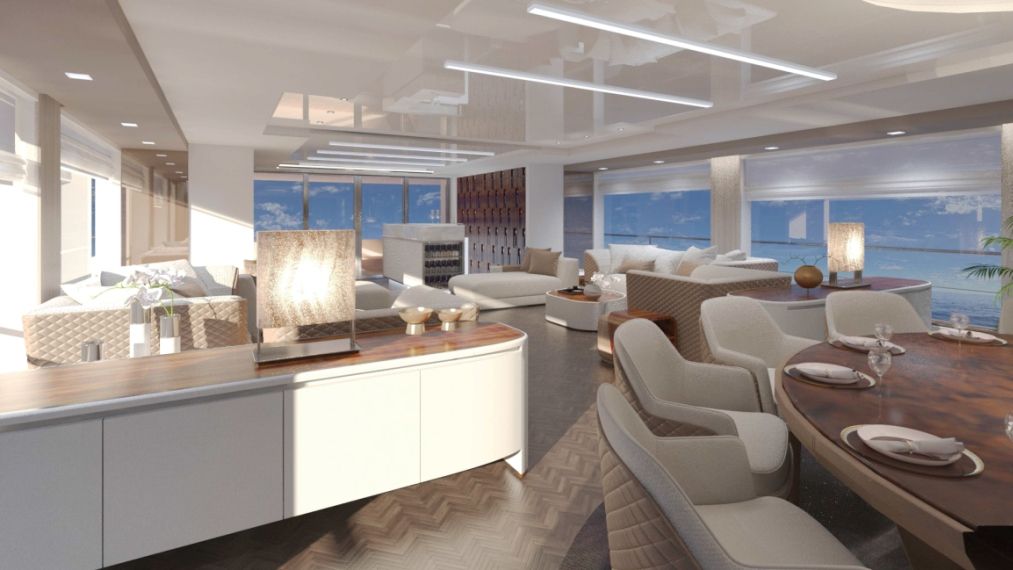
Today Optima Design is a studio of 15 people, including architects, designers and engineers. Founded by Michele Zignego in 2006 to persue design and engineering activities (not only in the nautical field), the company has grown together with the architect Luxardo, becoming a reference point for many major Italian shipyards, which rely on the studio for an intense consulting and design activity. The studio works on 360-degree projects, from the naval architecture to the exterior and interior designs, and also to the entire engineering design. Over the last year, Optima Design has better definined also its role as a yacht design studio, while working on the creation of very interesting projects, that we have already partially presented (link), and that we will explain hereafter.
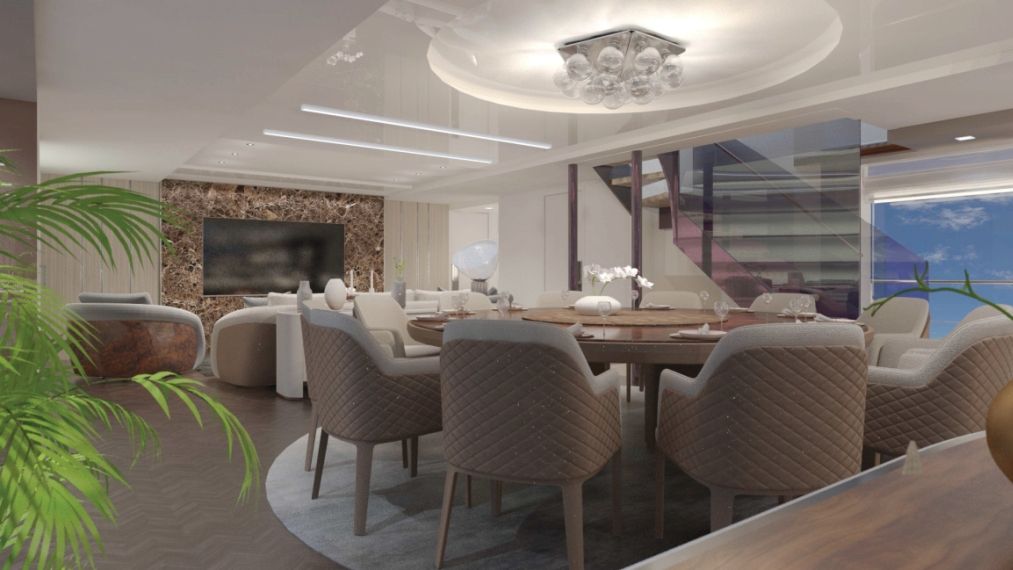
“These new 45-metre boats should not be considered one-off units, but the first of a series called Sport adventure that we have developed and that we offer up to 70 metre”, adds Luxardo. “The two projects were initially meant to be 42-metre long; after the model test, the client wanted to make some changes that led the yacht to grow up to 45 metre”.
The Sport Adventure series features a 45, 52, 58 and a 70-metre model. These two units have been developed together with the client and have been customized also in the exterior profile. As to the range, the design is between a traditional yacht and an explorer yacht. “The family feeling of the entire range is similar to the same of these first two 45m-units, but a stronger touch of modernity will be added. As a matter of fact, these first two units show a very classic style, because the client requested so. The lines that we initially suggested were modified with him, according to the spaces he needed. But we would like to give the other units an appeal definitely more contemporary”.
“We have already received multiple interests in these untis both from direct clients and from brokers, and we are proceeding with the request for quotation/to be priced ai cantieri. We believe that these models, which are not concepts, but projects ready to be built, have an added value for the client, resulting in the best experience onboard we could offer him. During the work, we tried to make the best of the spaces, focusing on the best structures, on facilities and on the design, in order to enhance the viability of the boats.
On this boat range, we gave priority to the beach club area, where we believe the client spends most of his time in contact with the sea; that is why we decided to favour it in terms of space. We also tried to imagine a different use of the main deck: here we decided to place the cabins, while we moved the main salon on the upper bridge. The lower bridge is home to the crew area instead. These shifts allowed us to achieve two significant results: a larger lateral side deck and, more importantly, cabins with wider windows, instead of small portholes. We adopted a similiar approach with the 80-metre Explorer project, and also the 45-metre units in construction share the same layout. What changes for the owner and his guests? When coming aboard, they will climb to the upper bridge if they want to access a common area like the main salon; if they want to head to their cabins, they will proceed on the main deck instead. On the one hand, this access might seem less fluid, but on the other hand it will allow to enjoy the sea and the view from any cabin, thanks to an amazing overlooking enhanced also by small terraces. That means that guests are no longer forced into a space that most of the tims portholes narrow down. On the upper bridge, along with the main salon, we can also find the wheelhouse. This arrangement is best suited to a yacht at least 50m-long, but we can get an optimum result with the two 45m-units as well.
Today in the studio work 15 people, but as explained by Luxardo: “It’s time to make a decision. In contrast to what we have always thought – which is to remain a structure with few units and with a balanced amount of work – we decided to expand. We have to increase the staff by at least a dozen people within a few months. We started working for new shipyards, dealing also with the interior design and the furniture. Now we’ve been asked to join projects as project managers, which means that we will be able to follow a project beyond the design phase, up to the moment when the yard starts the construction and starts dealing with the sub contractor. The choice of branching out stems from the need to satisfy as many clients and yards as possible, but also from the aim of growing our own resources without relying on occasional collaborators. With an extended staff we’ll be also able to guarantee a full coverage of the project, which will benefit the project itself: every single aspect will be optimized in terms of time and costs and in the production phase we will work way better. The work we are doing on the two 45-metre is a good example: the boat is fully designed in every single aspect before the construction begins. Every piece, even the smallest one, has already been defined, so as to avoid last minute changes and the unexpected, except slight changes by the will of the client. This is the main advantage of managing the whole designing process: even in case of modifications, we don’t need to deal with other interlocutors to verify the feasability. We can handle everything, while foreseeing every little impossibility or difficulty in the process, because we know everything about that project.
Such care in the preliminary design phase, grants Optima Design the ability to better manage the situations in which clients require sudden changes. “Today shipyards no longer have this capacity to handle projects in their entirety, so they tend to outsource the design phases to external figures. What they leave for them is the business management of the relationship with their client. Taking this concept to the extreme, we could say that yards have become centres for the collection of orders. From that point on, everything (designi and construction) is entrusted to outside companies, that are often unaware of the project in its entirety. This happens because one firm takes care of the superstructure, another one of the hull, a third one of the installations, a fourth one of the furnishings…It’s a fragmented design process. Optima Design offers a complete, three-dimensional vision, that allows to manage the entire process of creation, design and construction”.
“When drawing, we are also considering the cost that construction may have in the future. The key aspects are, of course, the style, the endurance, the functionality, the compliance with the regulations; but it’s also important for the project to cost a reasonable price. A beautiful boat that costs too much doesn’t work. We are not interested in drawing just for the sake of creating something that is not in line with the market; our long-standing experience leads us towards pragmatism and away from style exercises”.
